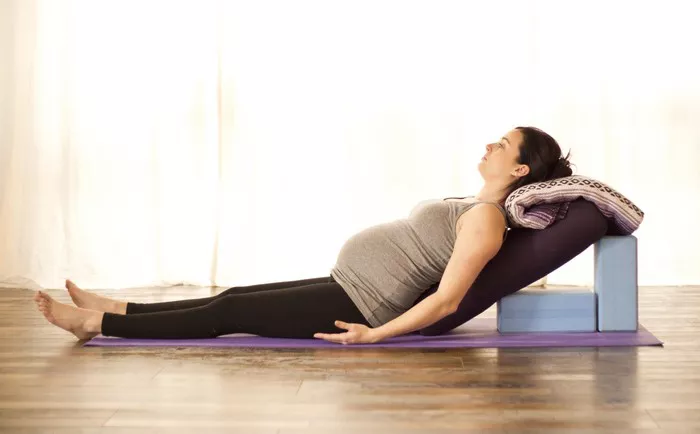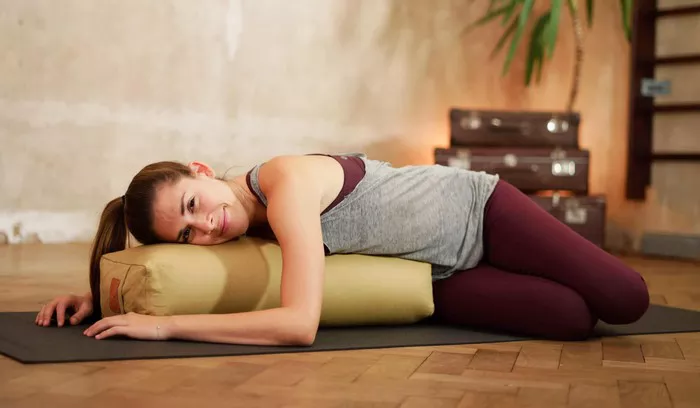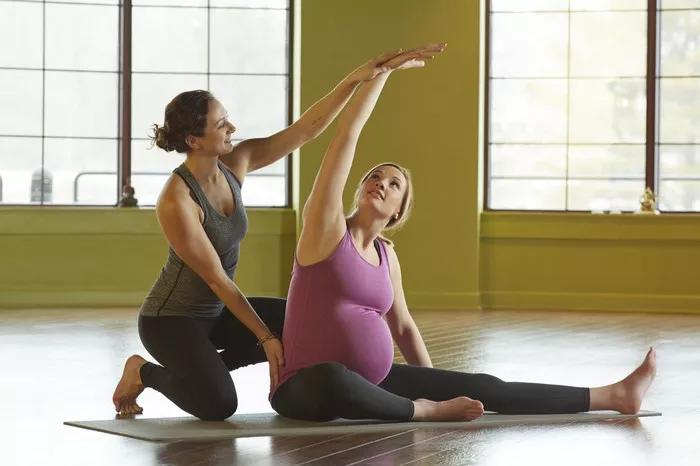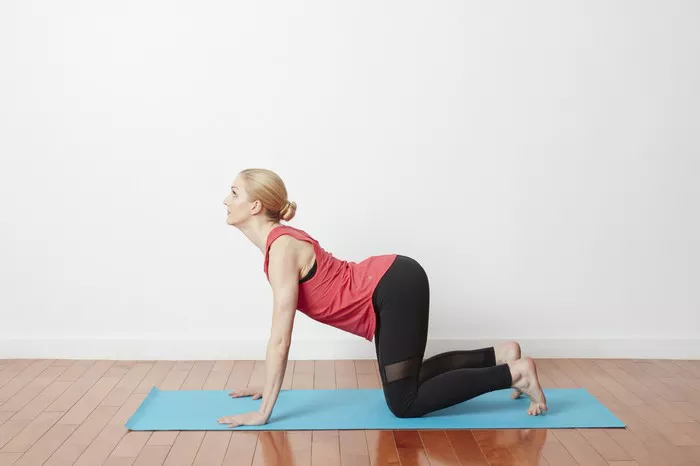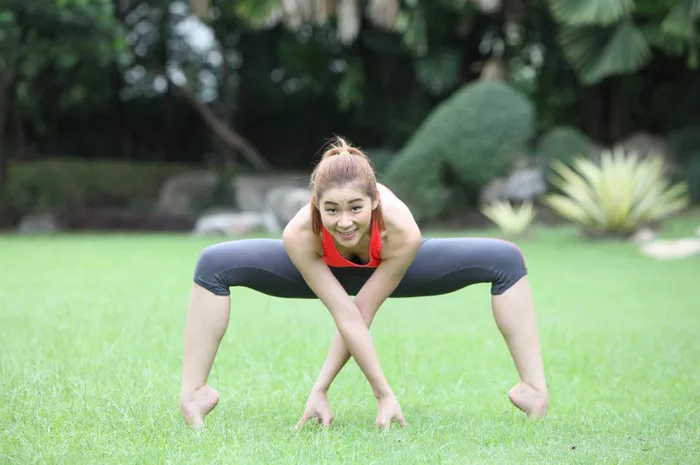Yoga is a practice that invites us to connect with our bodies, minds, and spirits through various postures and breathing techniques. Among the many poses in yoga, there is one that consistently challenges both beginners and experienced practitioners alike: the Crow Pose (Bakasana). It may look simple from a distance—a person balancing on their hands, knees tucked into their armpits, with their feet lifted off the ground—but when you try it, the challenge is real. Why is the crow pose so difficult? In this article, we will break down the anatomy of the pose, explore the physical and mental demands it places on the body, and offer guidance on how to conquer its challenges.
Understanding the Crow Pose
Crow Pose, or Bakasana in Sanskrit, is a foundational arm balance in yoga. While it is often a stepping stone to more advanced arm balances like the crane pose (Bhekasana) or the handstand (Adho Mukha Vrksasana), it is also a great challenge on its own. In the crow pose, the practitioner balances their body weight on their hands, with the knees resting on the triceps, the chest leaning forward, and the gaze directed slightly forward. It requires a combination of strength, flexibility, balance, and focus.
When you look at the pose, the elegance and grace of someone balancing in crow might make it seem like a simple feat of strength. But if you’ve ever attempted it yourself, you likely found the process much more difficult than expected. The reason lies in the intricate blend of physical, mental, and technical challenges that the pose demands.
The Physical Components of Crow Pose
Crow Pose is a full-body challenge, requiring the integration of several key physical elements. Let’s break down each of these components.
1. Core Strength
One of the fundamental elements of the crow pose is the engagement of your core muscles. The core refers to the muscles of the abdomen, lower back, and pelvis. In crow pose, you need to activate your core to maintain stability and balance. Without strong core engagement, you’ll likely find yourself tipping over or struggling to lift your feet off the ground.
To create this engagement, think of drawing the navel towards the spine. It’s not just about tightening the abdominals but about creating a deep and stable foundation that connects your upper and lower body. This core strength is also essential for transitioning into other arm balances and inversions, making it a critical aspect of your practice.
2. Wrist and Arm Strength
Crow pose places a significant amount of weight on the arms and wrists. As you shift your body forward and lift your feet, your wrists bear the brunt of your weight. If your wrists lack mobility or strength, this can lead to discomfort and frustration.
The forearms, biceps, and shoulders also work together to stabilize the body. In particular, the shoulders need to be stable and engaged. If your shoulders are weak or inactive, you may find that your body collapses towards the ground instead of balancing above it.
To help build wrist and arm strength, it’s essential to practice a variety of poses that engage these muscles. Plank, chaturanga, and dolphin pose are excellent for building arm strength. Additionally, wrist stretches and exercises can prepare the wrists for the load they will bear in arm balances like the crow pose.
3. Hip Flexibility and Leg Positioning
In crow pose, your knees rest on the backs of your upper arms. For this to happen comfortably and effectively, you need to have sufficient hip flexibility. Specifically, the hip flexors and groins need to be open enough to allow the knees to come high up on the arms without straining.
Additionally, while the knees are positioned on the arms, the legs need to be actively engaged. This engagement helps to prevent collapsing into the shoulders and encourages a firm foundation. While this may seem like a minor detail, it’s crucial to maintaining the proper alignment and balance in the pose.
4. Balance and Focus
As with any arm balance, balance is a key element of the crow pose. Unlike standing poses where your feet are firmly planted on the ground, the crow pose requires you to balance on your hands. This is much more challenging, as it involves finding the optimal weight distribution and center of gravity.
The mental focus required for this pose is immense. If your mind starts to wander, you risk losing balance and falling out of the pose. The ability to stay present in the moment and concentrate on both the breath and the alignment of the body is critical.
Overcoming the Challenges
The difficulty of the crow pose stems from the need for simultaneous strength, flexibility, and focus. Many practitioners struggle to find the right combination of elements to make the pose feel comfortable and stable. Let’s explore some common difficulties in performing the crow pose and offer strategies to overcome them.
1. Fear of Falling
One of the most common reasons why the crow pose feels so difficult is the fear of falling. It’s natural to feel nervous when lifting your feet off the ground and balancing on your hands, especially if you’re new to arm balances. This fear can cause your muscles to tense up, making it harder to maintain the pose.
To overcome this fear, it’s important to practice the pose in a safe environment. Use a soft surface like a yoga mat, and if possible, practice in front of a wall or with the support of a teacher or a spotter. Take small steps toward the full pose, such as lifting one foot off the ground at a time, to build confidence.
2. Weak Wrists and Shoulders
Another challenge that many practitioners face is weak wrists and shoulders. These areas can be difficult to strengthen, especially if you’re not accustomed to bearing weight on them. If your wrists aren’t strong enough, they might start to hurt or feel strained after a few attempts at the pose.
To address this, work on wrist mobility exercises such as wrist stretches, wrist circles, and even forearm plank variations to build strength gradually. For shoulder strength, incorporate exercises like chaturanga push-ups and dolphin pose into your practice. Strengthening these areas will make a world of difference when practicing the crow pose.
3. Lack of Core Engagement
Without core engagement, the crow pose becomes almost impossible to hold. Many practitioners inadvertently collapse their core, which results in poor alignment and difficulty balancing. It can feel as though the body is simply tipping over instead of finding stability above the hands.
To activate your core, visualize drawing the belly button toward the spine while keeping your back straight. Think of the core as a solid block that holds your torso steady. Additionally, practice core-focused poses like boat pose (Navasana) and forearm plank to build strength and awareness.
4. Inadequate Flexibility in the Hips and Legs
If your hips and legs are tight, you may find it difficult to position your knees on your arms without feeling discomfort. Tight hip flexors and groins can also prevent you from lifting your feet off the ground or achieving the full expression of the pose.
To improve hip flexibility, regularly practice hip-opening poses such as pigeon pose (Eka Pada Rajakapotasana), lizard pose (Utthan Pristhasana), and butterfly pose (Baddha Konasana). These stretches will help release tension in the hips and make it easier to bring the knees higher onto the arms.
5. Mental Focus
The mental challenge in the crow pose is just as important as the physical one. A wandering mind or lack of focus can throw off your balance and make it difficult to hold the pose. The fear of falling and the natural instinct to tense up can disrupt your ability to maintain a steady gaze and focus.
To cultivate focus, practice mindfulness techniques both on and off the mat. When practicing crow pose, focus on your breath and align your attention with your body’s movements. Meditation and pranayama (breathwork) can help strengthen mental concentration and presence.
Tips for Success in Crow Pose
While the crow pose may seem daunting at first, with patience and consistent practice, it can become a rewarding and empowering part of your yoga journey. Here are some practical tips to help you succeed:
Warm Up Thoroughly: Before attempting crow pose, ensure that your body is warm and prepared. Focus on warming up your wrists, shoulders, and hips through dynamic stretches and gentle movements.
Start with Prep Poses: Begin with preparatory poses like plank, forearm plank, and dolphin pose to build the necessary strength in your core, shoulders, and arms. These poses lay a solid foundation for the crow pose.
Take it Step by Step: Don’t rush into lifting both feet off the ground. Start by practicing lifting one foot at a time, or just hover your feet above the ground before attempting to balance fully.
Use Props for Support: If you’re struggling with balance, consider using props like yoga blocks to support your hands or a wall for reassurance. These tools can help you build confidence and stability.
Breathe and Relax: Remember that breath is your anchor. Inhale deeply to create space, and exhale fully to help you stay grounded. The more relaxed you are, the easier it will be to maintain balance.
Conclusion
The crow pose is a challenging yet rewarding part of a yoga practice. Its difficulty arises from the need for strength, flexibility, and mental focus. Whether you’re a beginner or an experienced yogi, the key to mastering this pose is consistent practice, patience, and understanding the mechanics of the body. Over time, as you build strength and confidence, you will find that the crow pose becomes less of a challenge and more of a powerful symbol of your progress in yoga.
Remember that yoga is not just about achieving physical poses but about embracing the process and the journey. Keep practicing, and you will eventually find your balance—both on and off the mat.
Related topics



